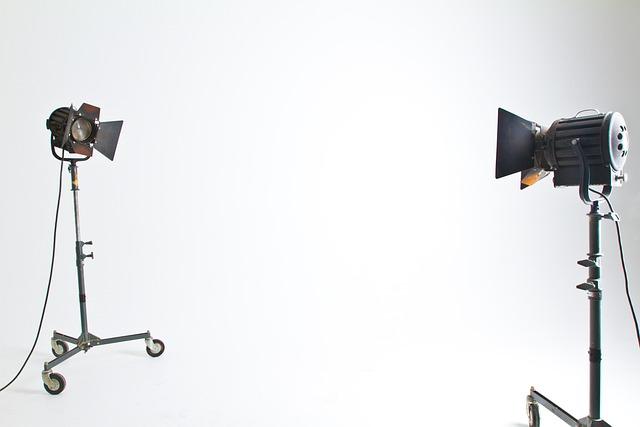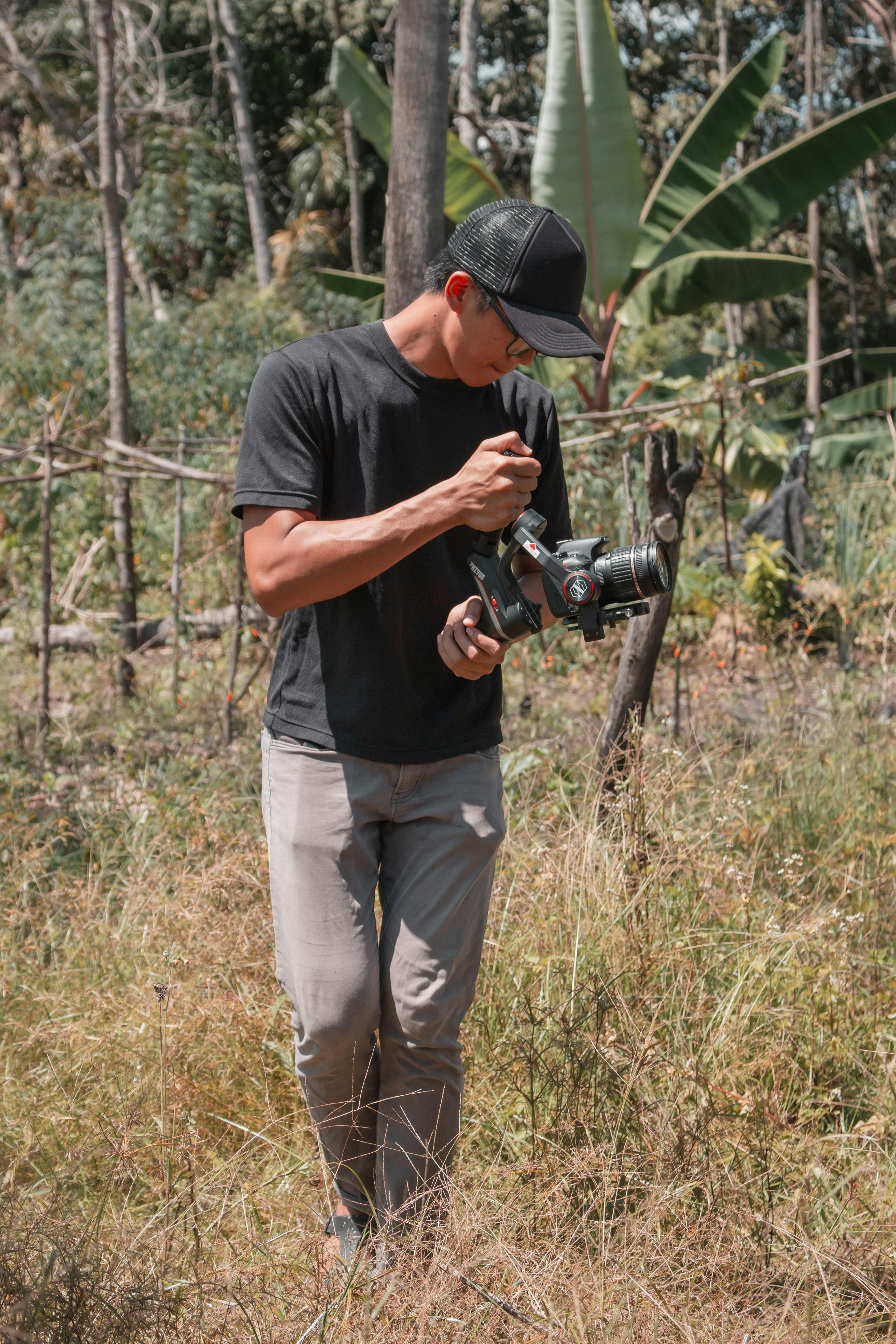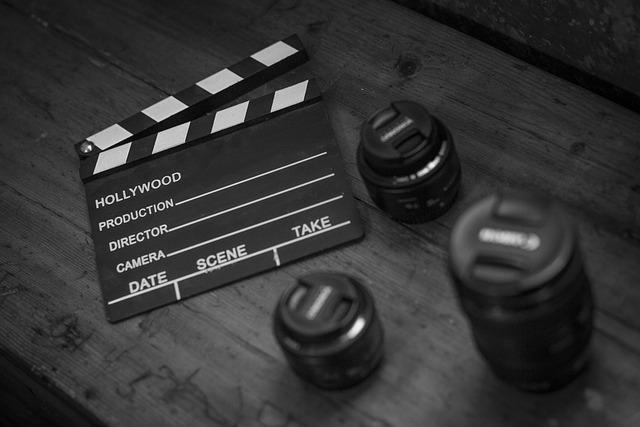In the rapidly evolving landscape of cinema, the shift from traditional film to digital filmmaking has sparked a profound dialogue within the industry. This transformation, driven by technological advancements, is reshaping the very essence of cinematography—a craft that has long been revered for its artistic depth and technical precision. As digital tools become increasingly sophisticated, filmmakers are presented with new opportunities and challenges that redefine visual storytelling. This article delves into the implications of this digital revolution, examining whether it enhances or undermines the artistry of cinematography. By analyzing current trends and expert insights, we aim to uncover how this shift is influencing the creative and technical dimensions of film production, and what it means for the future of cinematic art.
Impact of Digital Filmmaking on Cinematic Aesthetics
The evolution of digital filmmaking has undeniably transformed the landscape of cinematic aesthetics, challenging traditional notions and opening new avenues for visual storytelling. Digital cameras, with their ability to capture high-resolution images at lower costs, have democratized the filmmaking process. This has allowed a broader range of voices and styles to emerge, enriching the diversity of visual narratives. The flexibility of digital technology facilitates experimentation with color grading and visual effects, enabling filmmakers to craft distinct atmospheres and moods with unprecedented precision.
However, this shift also raises questions about the preservation of classic cinematic techniques. Traditional film grain, depth, and texture have been integral to the art of cinematography, often imbuing films with a timeless quality. Some filmmakers and purists argue that digital’s crispness lacks the organic warmth of celluloid. Yet, many embrace the possibilities digital offers, such as:
- Increased accessibility to advanced filmmaking tools.
- Enhanced post-production capabilities for color correction and editing.
- Greater flexibility in shooting conditions and environments.
Ultimately, the is a dynamic interplay between innovation and tradition, where each new advancement invites filmmakers to redefine the boundaries of visual artistry.
Balancing Tradition and Innovation in Cinematography
In the realm of cinematography, the interplay between tradition and innovation is a dance of artistry and technology. The advent of digital filmmaking has introduced a plethora of tools and techniques that have transformed the way stories are told on screen. Traditionalists argue that the tactile nature of film offers a depth and richness that digital formats struggle to replicate. They emphasize the unique grain, color, and dynamic range that film brings to the table, which can evoke a sense of nostalgia and authenticity.
On the flip side, innovators champion digital technology for its versatility and accessibility. The benefits include:
- Instant Playback: Directors can review shots immediately, allowing for quicker decision-making.
- Cost Efficiency: Digital storage and processing can significantly reduce production costs.
- Post-Production Flexibility: Enhanced editing capabilities provide filmmakers with a broader palette for creativity.
Balancing these two worlds requires a nuanced understanding of both mediums, leveraging the strengths of each to create a visual language that resonates with contemporary audiences while honoring the art’s storied past.

Harnessing Digital Tools for Creative Expression
The evolution of digital tools in filmmaking has revolutionized the way stories are visually told, offering unprecedented flexibility and innovation. Digital cinematography provides filmmakers with a vast array of tools that were previously unimaginable, allowing for more creative freedom and experimentation. High-definition cameras, advanced editing software, and sophisticated visual effects have opened up new avenues for storytelling, enabling filmmakers to bring their visions to life with greater precision and artistry.
- Cost Efficiency: Digital tools reduce production costs, allowing for more experimentation and creative risk-taking.
- Accessibility: Aspiring filmmakers can access high-quality equipment and software, democratizing the art form.
- Innovative Techniques: The use of CGI, motion capture, and virtual reality expands the boundaries of traditional cinematography.
While some purists may argue that the tactile quality of film is irreplaceable, the shift towards digital has undeniably expanded the possibilities of visual storytelling. By harnessing these tools, filmmakers are not just preserving the essence of cinematography but elevating it to new heights.

Recommendations for Cinematographers in a Digital Era
- Embrace Technology: Cinematographers should explore new tools and techniques available in digital filmmaking. This includes mastering digital cameras, understanding the nuances of post-production software, and leveraging virtual reality to create immersive experiences. Embracing these advancements can open up creative possibilities and push the boundaries of visual storytelling.
- Focus on Storytelling: Despite technological changes, the core of cinematography remains storytelling. Prioritize narrative over technology. Use digital tools to enhance the story, not overshadow it. The art lies in blending traditional cinematic techniques with modern innovations to create compelling and emotionally resonant visuals.
- Continuous Learning: The digital landscape is ever-evolving. Cinematographers should engage in continuous learning through workshops, online courses, and industry events. Staying updated with the latest trends and techniques ensures adaptability and maintains a competitive edge.
- Collaboration and Networking: The digital era offers unprecedented opportunities for collaboration. Engage with other professionals through online platforms and forums. Sharing insights and experiences can lead to innovative projects and foster a community of support and inspiration.

